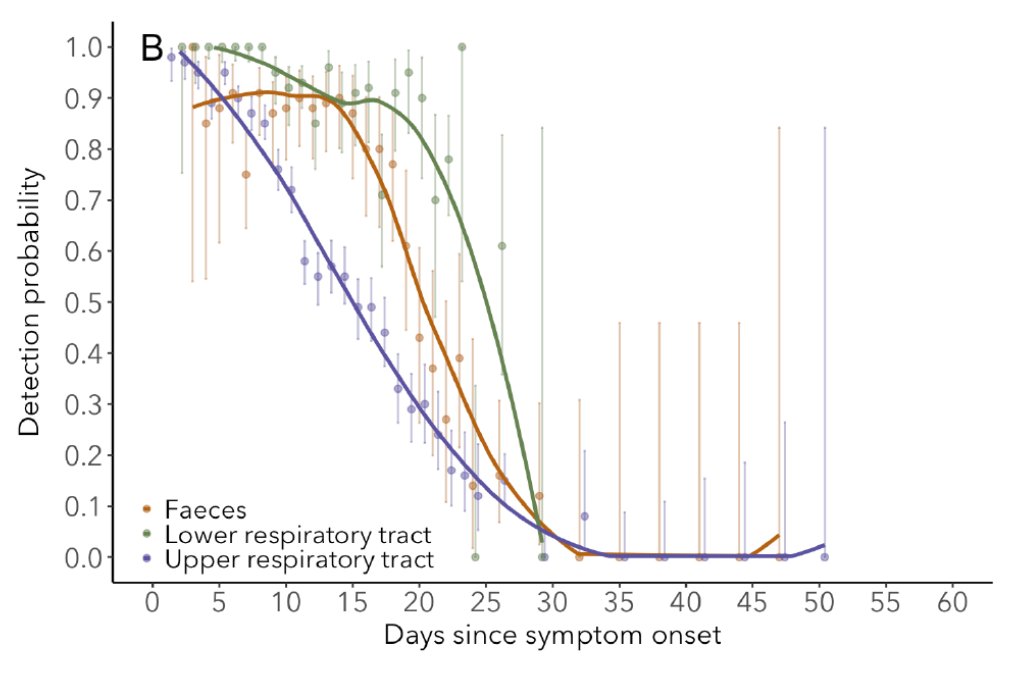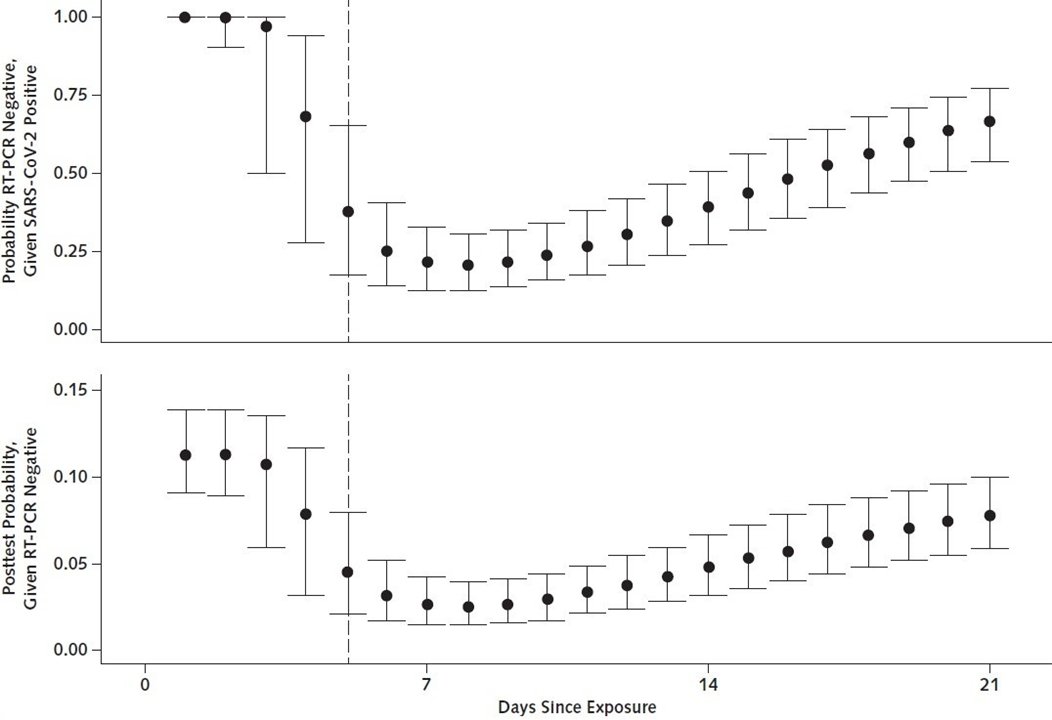
acpjournals.org/doi/10.7326/M2…

academic.oup.com/cid/advance-ar…).
Luckily it's actually pretty simple to collect the data to answer this question and I'm shocked it hasn't been done yet. (In fact someone may have the data already and just needs to share it. If you do please do!) How to do it:
1) test sensitivity vs day of infection and days before symptom onset as detailed above
2) viral load vs infection and days before symptom onset to estimate infectiousness

(Note: If possible (it's hard, I know), INFECTIOUS viral load from cell culture would be much more valuable than just RNA via PCR)



